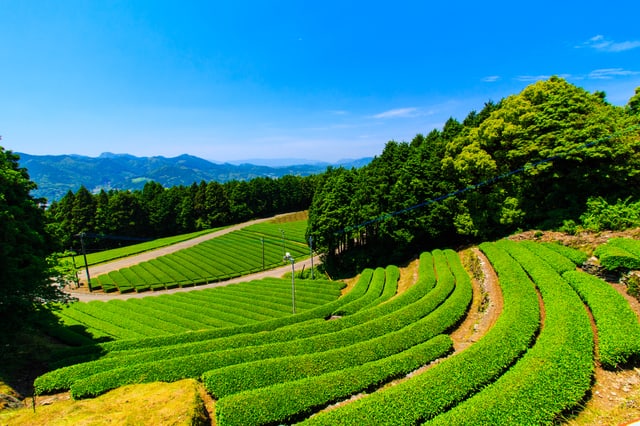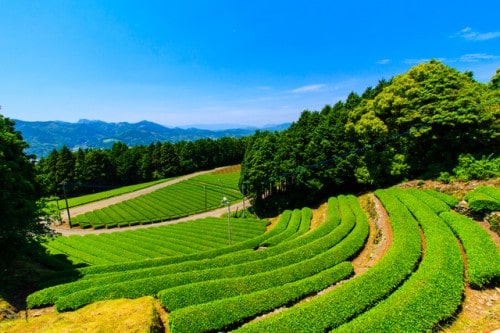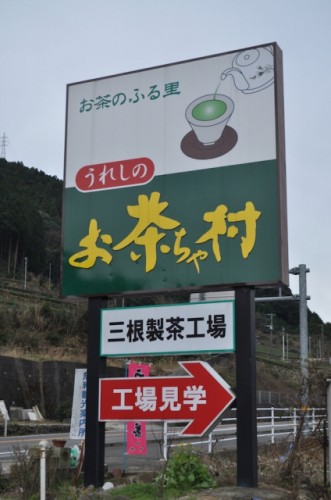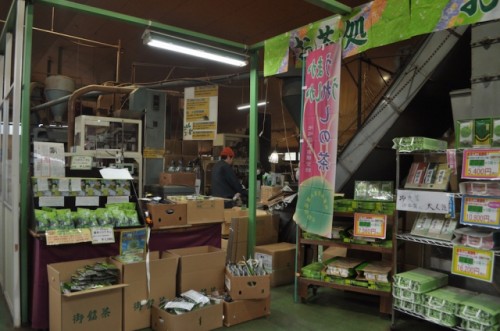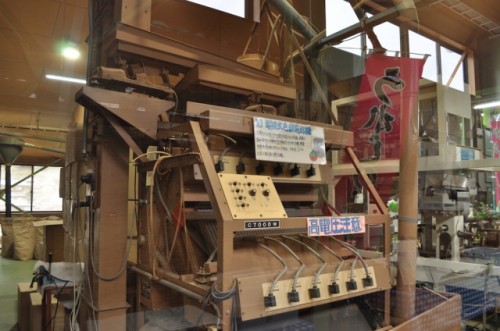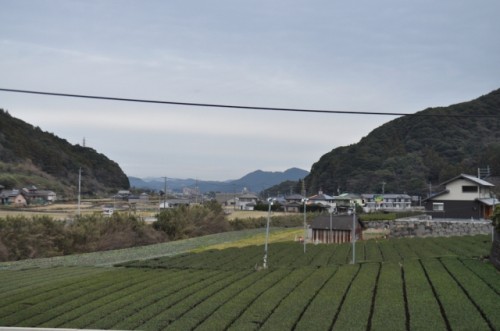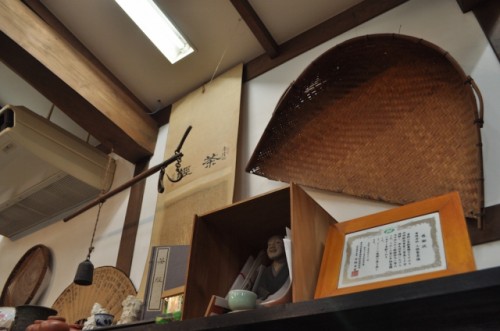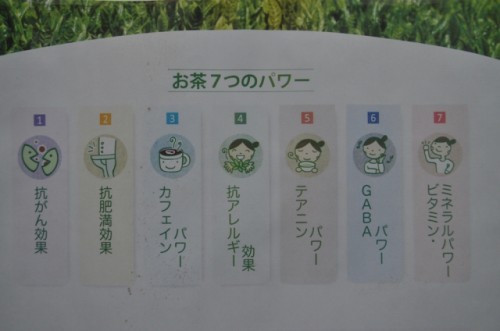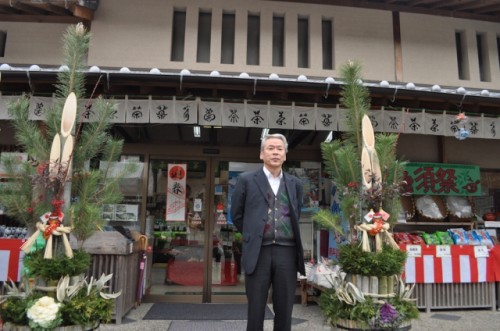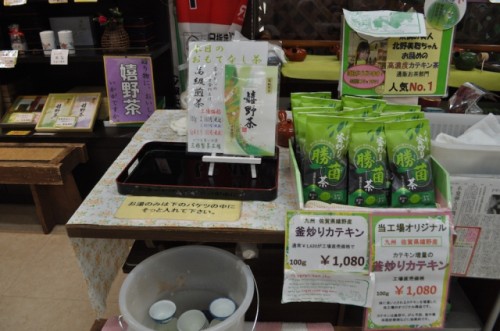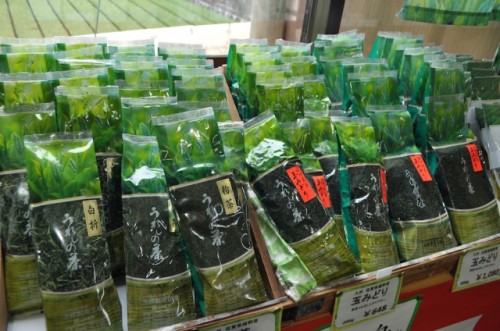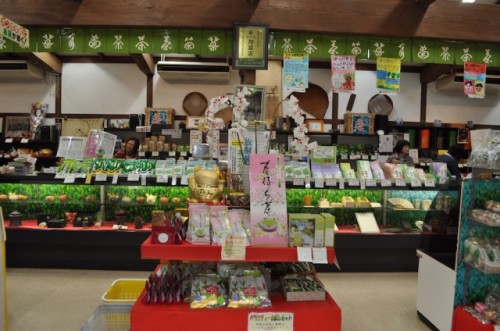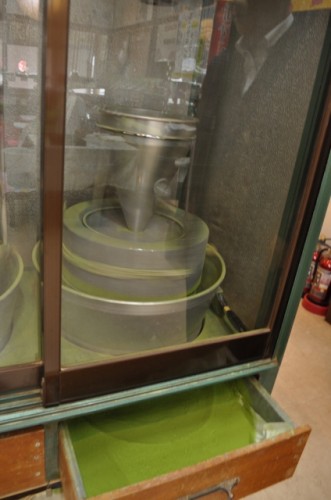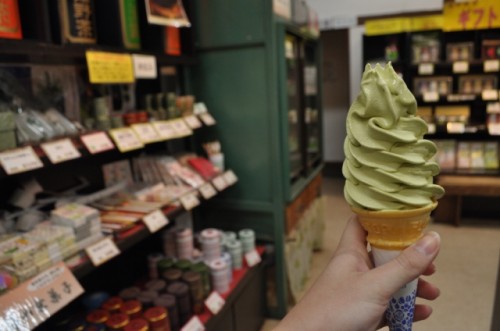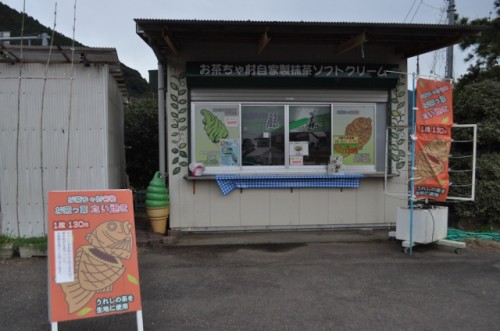Sponsored by Saga Prefectural Tourism Federation
Japan is a nation famous for tea of all kinds, but especially green tea. There are countless green tea farms scattered throughout country, and many claim that their region was the first in the nation. What many people do not know, is the real birthplace of Japanese green tea. Saga prefecture’s Higashi Sefuri Son, a town now known as Yoshinogari, is considered the starting point for Japanese green tea since the monk Eisai brought tea leaves back from China in 1191. Eventually, the green tea from the region spread to other areas in Japan where green tea cultivation pioneered. For Ureshino, a town near green tea’s origin that is now the heart of Saga’s green tea industry, cultivation began in 1440. Now, there is a deeply rooted history of 550 years of cultivation and the way of life in the region. Ureshino’s love and appreciation for green tea is very evident all throughout Saga. Ochacha Mura is no exception, and is an extraordinary spot to encounter green tea.
Ochacha Mura is open 365 days a year; enjoy the green-tea picking experience only in the spring!
At Ochacha Mura, visitors get to taste test green teas and products, see and tour the warehouse factory where green tea is cultivated and packaged, and leave with a better understanding of the ever-so-popular tea. You can even experience the process of picking young green leaves for cultivation.
For only ¥1000, visitors get a 30 minute tea-picking experience using the traditional method with a basket. Once going through the experience, you get to enjoy the green tea and take anything left that you picked back with you. Specific cultivation dates differ from year to year depending on the weather, but it is generally between April and May. Make sure to call ahead to ask about specific dates and be sure to book a reservation in advance!
Ureshino in Saga, the birthplace of Japanese green tea.
The fields of green tea have been in the region for many centuries, though official cultivation is said to have begun in the mid 1600s. The Ureshino is an ideal tea growing spot, as its grounds are rich in minerals and of course, hot springs producing the water. Saga prefecture is also close to Nagasaki, one of the first ports opened in Japan as a route for trading with the rest of the world. As a result, Ureshino green tea became the first type of tea to be imported from Japan to the outside world, introducing the Western World to the healthy drink found in the East. The windows and walls of the tea factory are lined with old copies of photographs and drawings of tea cultivators that date back to the 1800s. Many young Japanese men, foreign partners, and even women were involved in the development of Ureshino tea.
Health benefits and importance of green tea
The pride citizens take in Ureshino tea has not disappeared over the decades even when trends in coffee and other types of drinks have overshadowed the benefits of green tea. Green tea is not just a fad, or a product that’s taken lightly. It’s evident in the Japanese citizens’ longevity, health, and youthful physical traits that there must be something in the water…that is, green tea and hot water. The workers and families of Ureshino tea said they all drink at least five cups of green tea a day. It is believed that green tea can reduce the risk of certain illnesses, give energy, fight sickness, and control a healthy body in many other ways. In Ureshino, even the elementary schools’ lunches incorporate green tea leaves in them! I was amazed at their menu, which includes green tea leaf fried rice, soup, etcetera.
What makes Ureshino tea special?
Mr. Sankon Taiko of Ochacha Mura gave me a tour of the green tea factory, which operates behind the factory store. The moment I walked into the warehouse, I was filled with the calming aroma of roasting green tea. The small but mighty warehouse operates with no rest throughout the year to deliver great tea of all different qualities and price ranges. You can check out their products here at the company’s online store. He and the staff at Ochacha Mura were kind to teach me about what makes green tea differ in quality, and how they taste different. It’s not always the case that the more expensive teas are the best, and a staff member helped me pick out a midrange tea that fit my liking of taste.
What does Ureshino green tea taste like?
I’m personally a huge green tea lover, as I don’t drink any coffee or sodas. For being a tea snob, I’ve noticed my own love for Ureshino tea ever since I’ve started drinking it regularly after my trip to Ochacha Mura. When I drink generic green tea, some are too bitter, some are too weak, some simply taste like they were made in a huge batch at an impersonally large factory. Ureshino green tea is smooth and light without losing the aroma of real fresh green tea. It has possess depth in taste that is evident from the passion and heart the workers at Ochacha Mura put into their products.
Sample many of the green tea products.
Make sure to try the daily sample tea the factory store has on hand, and indulge in some of the other treats the factory has to offer. A little vending cart outside of the main lodge serves freshly made Ureshino green tea soft serve ice cream and sweet green tea stuffed taiyaki buns. Some food products inside the store are open for sampling, too, and I personally enjoyed the green tea sweet crackers and ice cream!
You also get a glimpse of how the green tea powders used for these products are made, right inside the store (above). You can also enjoy non-edible products with green tea. Green tea body cream, soap, and face wash are some hit products born out of Ureshino’s tea. Take a seat inside the store to enjoy your samplings, and be sure to enjoy the song on repeat. It’s an enka (Japanese folk) song talking about the love for green tea!
Bonus: Check out the Japanese teapot shaped bus stop nearby!
You might not believe me without a picture evidence, but trust me when I say there’s a bus stop nearby with a waiting room in the shape of a huge Japanese teapot. It’s worth a drive-by or walk-by to feel little next to this grand and eccentric structure!
Information: Ureshino Ochacha Mura
Public transportation: From the Ureshino City bus terminal, take the JR Bus bound for Sonogi and hop off at Hiranomichi bus stop. It is also a leisure 30 minute walk from Ureshino city center.
Need Help? Contact the Saga Travel Call Center
24/7 Assistance available in English, French, German, Italian, Spanish, Portuguese,Russian,Thai, Korean, Chinese (Mandarin & Cantonese), Vietnamese and Indonesian!!
[cft format=0]


